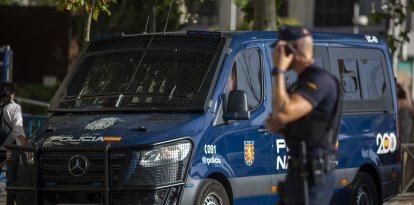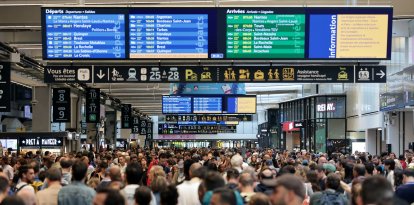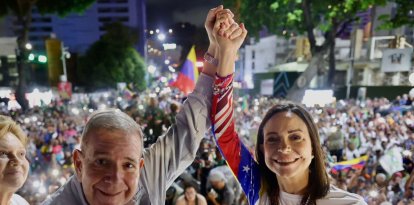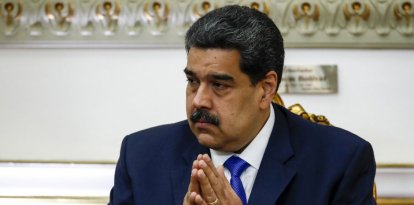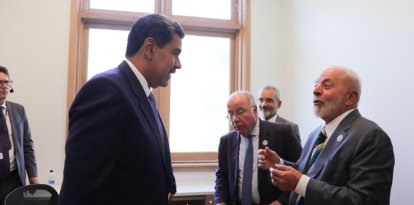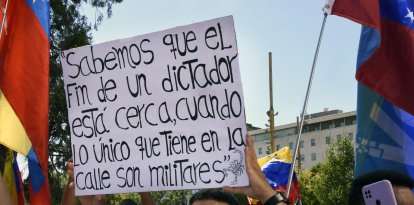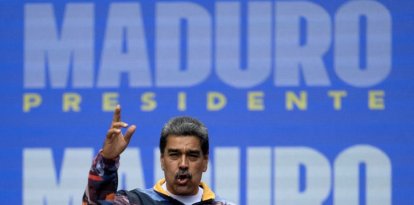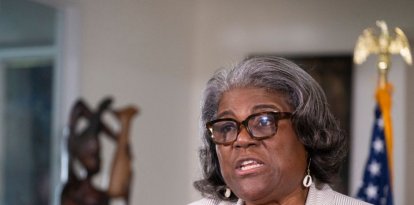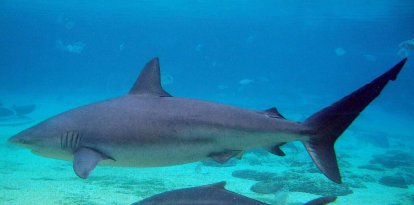The violations of 7-O: a documentary against the new denialism
One of the most poignant moments in Screams Before Silence stars Amit Soussana, who spent 55 days in Hamas captivity after being captured on October 7 and taken to Gaza.
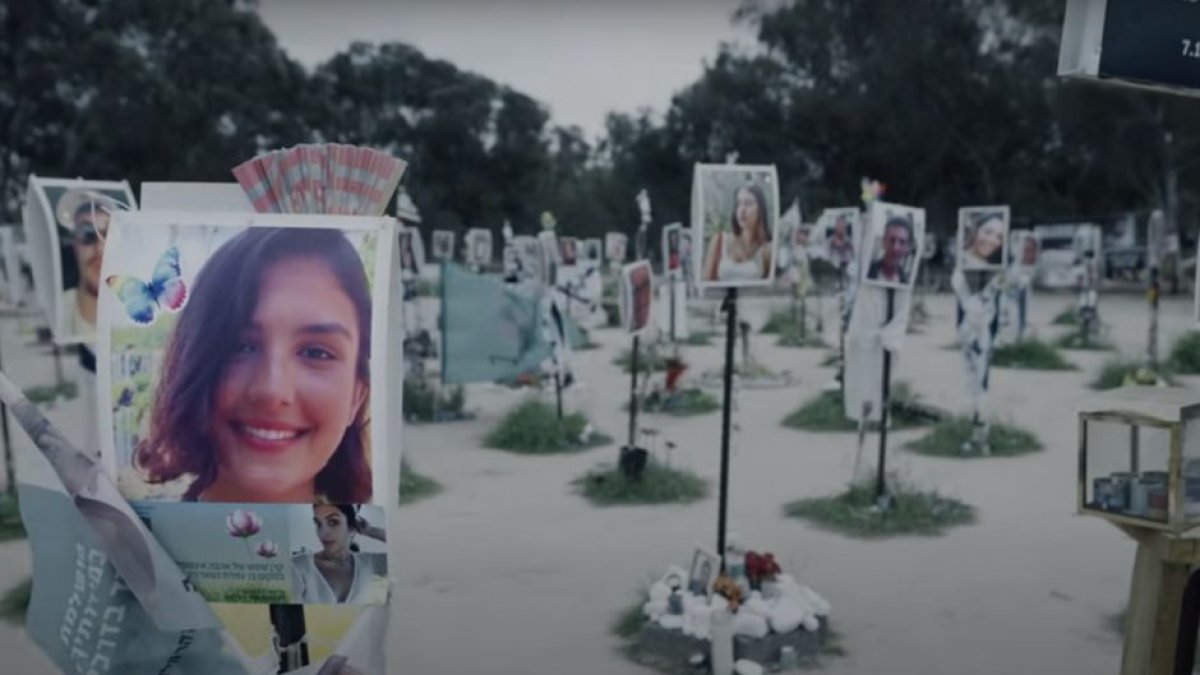
(Captura de pantalla YouTube Screams Before Silence)
This April 26, the documentary Screams Before Silence was released on YouTube, it´s a compilation of testimonies and images of the atrocities perpetrated on October 7 by Hamas in Israel that focuses on the unspeakable sexual violence suffered by many of the female victims.
In the documentary, survivors who witnessed or listened in hiding as the terrorists raped and inflicted all kinds of torments of a sickening sexual nature on women, especially young people, who they found, in the attacked kibbutzim and especially at the Nova music festival, play a leading role.
The rapes ended in many cases with gunshots, after which the screams of the victims gave way to silence.
In addition to those who were lucky enough not to be seen by the human-faced monsters, the documentary also features Army reservists and workers from ZAKA, the Israeli organization for the rescue and identification of victims of terrorist attacks and disasters that participated in the removal of bodies after the massacre.
Both the reservists and the ZAKA people were among the first to arrive at the scene, and the carnage they found is a measure of the savagery of what Hamas did.
The majority of mainstream media and its commentators still resist calling the organization terrorist.
In order not to label it, those who are willing to explain themselves emphasize that Hamas is a social movement with many faces deeply rooted in Gazan society. The military wing, they argue, is nothing more than one of the components of the entire network.
At the same time, and to save the myth of eternal Palestinian innocence, these same media and their opinion leaders often speak of Hamas as something radically different and almost alien to the whole of Palestinian society, both in Gaza and the West Bank.
Despite what the polls show us, and although the last time they were able to do so they elected Hamas by majority, the Palestinians do not share, according to their stubborn lawyers who also act as media representatives, the criminal impulses and objectives of the terrorists.
The reality of all this is that 7-O was something much worse than a terrorist attack. And something in which a large number of Palestinian civilians also participated, who were cheered in the streets of Gaza when they carried the bodies of the dead Israelis and the hostages.
One of the most shocking scenes included in the documentary shows the half-naked and disjointed body of Shani Louk guarded by armed terrorists in the open back of a van. Onlookers shout in joy and raise their arms as they passby. One even approaches the bed of the vehicle to spit on Louk's body.
At the kibbutzim and the Nova festival, the reservists and ZAKA workers found parts of the victims' bodies at great distances from the other remains of their bodies. They had not only cut off hands, female breasts and ears: they had also had fun playing with them.
Many of the murdered young women had their panties pulled down, blood and wounds in the areas of their sexual organs and even objects with which they had been penetrated by the savages.
The woman interviewed in the documentary often asks those who appear for more details about what they witnessed and endured, so that the veracity of what they say is clear. Those who are able to respond are also asked about the number of cases in which rape, or other types of sexual torture, was evident.
Like other professionals who were in charge of treating the corpses and also appear in the documentary, the reservists and people from ZAKA talk about the large number of cases.
The majority of those raped or tortured with breast mutilations or shots in their sexual organs on October 7 were murdered and will never be able to testify.
But what the survivors of the massacre witnessed and those who saw first-hand its result leave no room for doubt: the Hamas members and their civilian accomplices who invaded Israel that day raped or subjected to sexual torture many of the Israeli women and teenagers they encountered.
Since information about 7-O began to become known, many leaders and opinion makers have treated the atrocities of that day as a sum of confusing episodes that are practically impossible to clarify. Under the cloak of false journalistic probity, they have demanded more details to avoid having to give the facts the treatment they deserve due to their gravity.
Just as Holocaust deniers can turn to the soap myth - according to which the Nazis turned the bodies of murdered Jews into soap - to question the truth of the Shoah, the new deniers have exploited the hyperbole of the 40 decapitated babies to make the less well-informed doubt all the other savagery that has been proven.
Screams Before Silence is a definitive document to bury the doubts sown around one of those truths: that, although they knew they had to hurry back to Gaza or continue killing before the arrival of the Israeli Army, many of the barbarians who participated in the raid took their time to rape and subject unimaginable means of sexual cruelty upon as many Israelis as possible.
One of the most moving moments in the documentary stars Amit Soussana, who spent 55 days in Hamas captivity after being captured on October 7 and taken to Gaza. Soussana recounts the constant sexual references that her jailer, Muhammad, made to her. This 40-year-old woman recounts on camera the constant agony and fear of knowing she was at the mercy of her captors and how she was ultimately raped while being held in her place of captivity.
The ordeal that Soussana went through is the one that the women who are still kidnapped in Gaza continue to go through, every minute of the day and without knowing when and how it will end.













